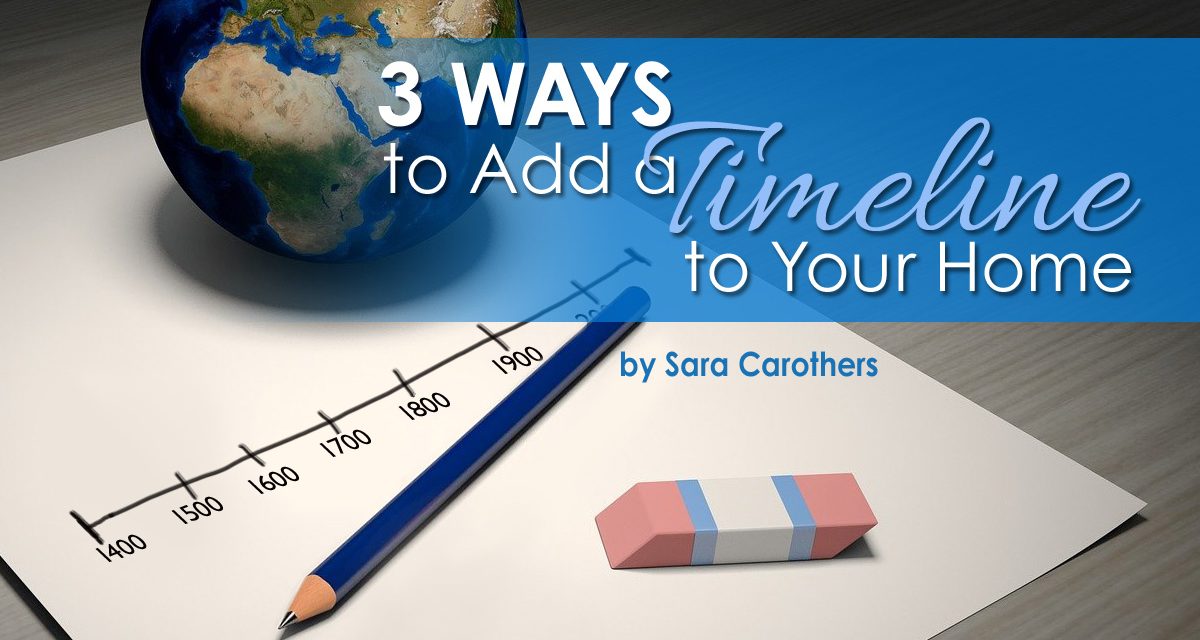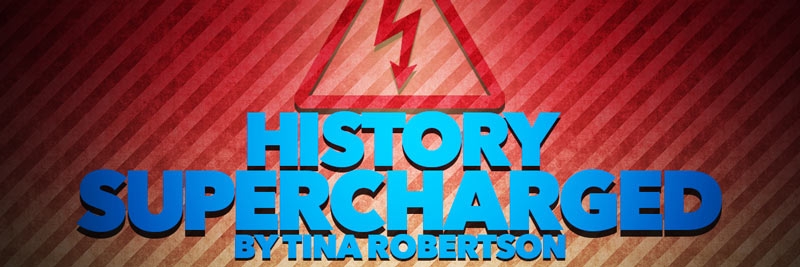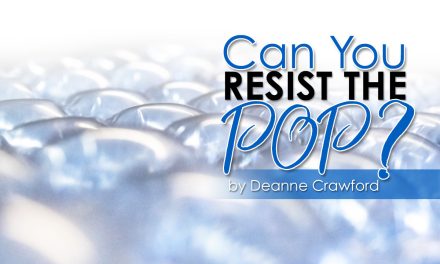Consider a child who has been on the planet for 9 years. This child thinks their parents (who are in their 30s and 40s) are old. Grandparents are positively ancient! This child may even think that 1850 and 1950 are the same thing. When your whole life is only 9 years long, it’s hard to relate to history. Children haven’t lived long enough to make connections. A timeline in your home helps make those associations. A timeline adds a concrete teaching tool to your Social Studies. A timeline helps children see people and events next to each other, literally. Timelines are versatile. You can add them to any program.
There are three basic configurations: completed/printed, semi-homemade, and homemade. Which one is for you?
Printed Timelines
A completed or printed timeline is a reference tool for learning. You purchase it and use it with your history or social studies. You are not making anything here. It will usually show a specific era, can be large or small, colorful or simple, paper or laminated. You can post it in your learning space or have it on hand. The Classical Education Timeline set is a good example of this style. These are easy to store and use from year to year. You can find more specific ones, too, like the Timeline of Presidents, Timeline of World War II, the Big Picture Bible Timeline. If you want the big-dog-daddy of printed timelines, check out the Adams’ Chart. This one requires a large table or the floor to enjoy fully, but it is gorgeous.
Semi-Homemade Timelines
If you like the idea of making a timeline, but you are not particularly crafty, or are short on time, consider the semi-homemade approach. You need some space for this one – a hallway works great, or several feet of a room (the bigger, the better!) You can purchase the paper line of dates and the timeline figures together or separately. You can also get a blank timeline where you enter the dates, or one for a period with the dates printed. Sets like History Through the Ages include printed lines with dates for a specific era, along with the figures. The figures show a small illustration and a few facts about a person or event. You cut out the timeline, then add the figures as you cover them in your course. This is a good “kid job.” Let them take turns adding to the timeline. Or, have one child in charge of adding people and another for events. This helps focus them during the lesson, too!
Homemade Timelines
Homemade timelines allow your personal flare to thrive. For a truly organic approach, get some blue painter’s tape and some index cards. You might even cut the cards in half. You need a big space for this one. In a perfect world this would be a wall in a room or even a hallway (the tape can go right on the doors!) A doable length is maybe a foot high and 12 feet long. You can mark years with a permanent marker right on the tape. As you add to it, stick the half-index cards with Magic Mounts. It becomes a handwriting exercise too as children have to write neatly. Include their birthdays – parents and grandparents, or pets, too! Doing so shows a big gap between events and kids wonder what happened in that space. This can be an ongoing project in your home over a couple of years. Kids will love to share their work when visitors come by!
When it’s time to remove the timeline from your wall, you can use a binder with clear page sleeves to preserve your project as both a keepsake and reference. I recently spoke with a customer about this idea and she asked if a paper roll would work. I love this idea! Think of those brown paper rolls used to wrap boxes, or even easier, try a white paper roll. This would make a wonderful timeline! No cards or tape needed. Just draw your straight line and mark year increments as you like. Write and draw directly on the paper and when all done, roll it up like a scroll for storage and reference. Thanks Jennifer S.!
A timeline gives students a concrete perspective of events and where they fall in time. It places people near those events, filling in missing pieces in a child’s mind. It piques curiosity when kids see an empty space and wonder, “What happened during this time period?” Timelines are inexpensive to use and create. The process of adding to a timeline becomes a way for students to look for key points in their reading. Oh, and making an interactive timeline is really FUN! ~ Sara





